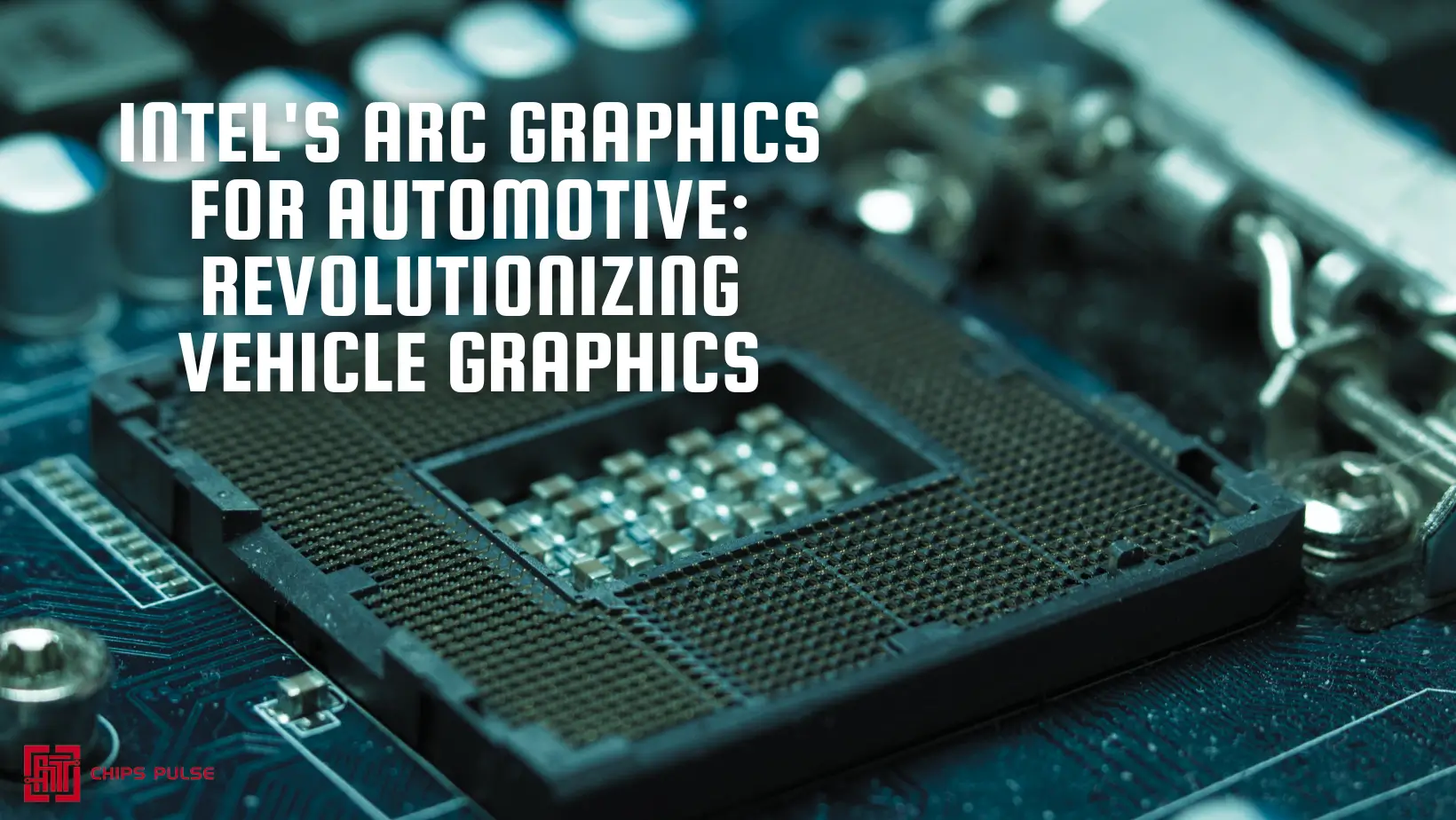Intel has taken a bold step into the automotive sector with its announcement of the Arc Graphics for Automotive (A760A) discrete graphics processing unit (GPU). Set to debut in 2025, this GPU is designed specifically for vehicles, promising enhanced graphics performance for modern software-defined vehicles.
Powerful GPU Architecture: The A760A is equipped with 28 Xe GPU cores and 28 ray tracing units**, enabling realistic rendering and stunning visuals for in-car displays and advanced driver assistance systems.
AI and Graphics Performance: With 448 matrix engines (XMX) dedicated to AI tasks and 448 vector engines, the A760A is engineered for seamless integration of AI functionalities, crucial for smart vehicular systems.
Memory and Output Capabilities: The GPU can interface with up to 16GB of 256-bit GDDR6 memory, allowing for fluid graphics processing. It supports up to four display outputs at an impressive 4K resolution, catering to a variety of in-vehicle display configurations.
High-Speed Data Transfer: Utilizing a Gen4 x16 PCI Express interface, the A760A ensures rapid communication between the GPU and other vehicle systems, enhancing overall performance.
Robust Processing Power: With a processing capacity rated at 14 Tflop/s (FP32) and up to 229 TOP/s peak, it’s set to handle demanding workloads efficiently.

The A760A also features advanced encoding and decoding capabilities for video formats such as AVC, HEVC, VP9, and AV1, making it ideal for media playback and streaming within vehicles.
It supports multiple graphics standards, including Vulkan, OpenGL, OpenCL, OpenVINO, and more, providing developers with flexibility in creating applications tailored for the automotive environment.
Operating efficiently within a wide temperature range of -40 to +105°C, the A760A is built to withstand the rigors of automotive environments. With a power consumption of 225W, it balances performance with energy efficiency.
Scheduled for availability in Q1 2025, Intel’s A760A is set to redefine the in-vehicle experience, enhancing graphics in everything from infotainment systems to advanced driver interfaces. As the automotive industry increasingly relies on sophisticated graphics and AI, Intel's latest GPU aims to be at the forefront of this evolution, making vehicles not just a mode of transport, but a mobile entertainment and information hub.
In conclusion, Intel's A760A promises to significantly elevate the graphics capabilities in modern vehicles, paving the way for innovative applications and enhanced user experiences on the road